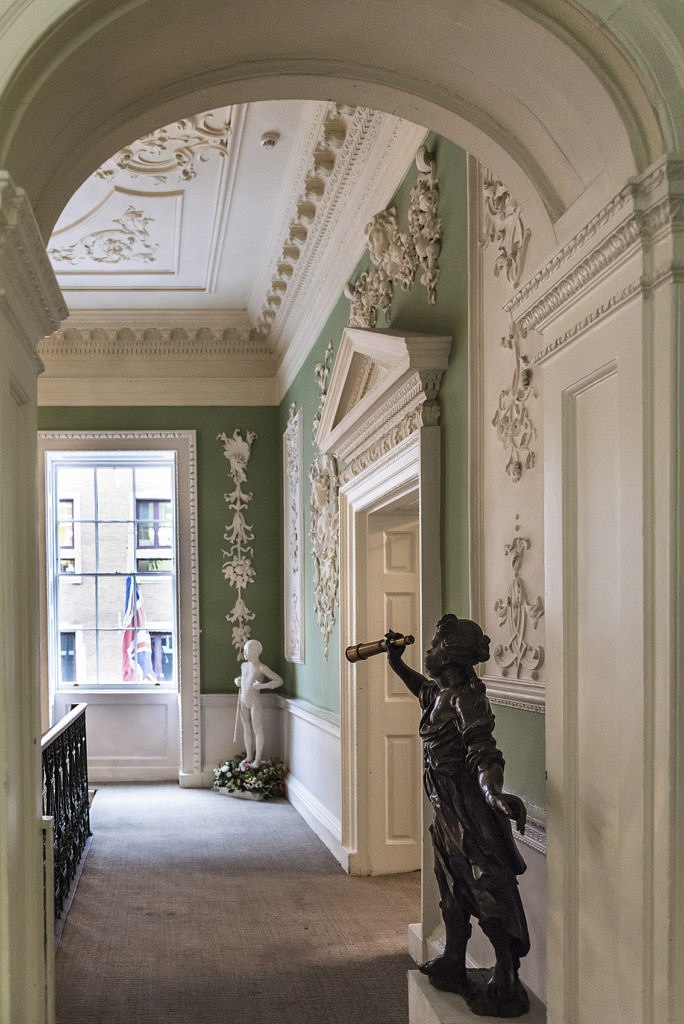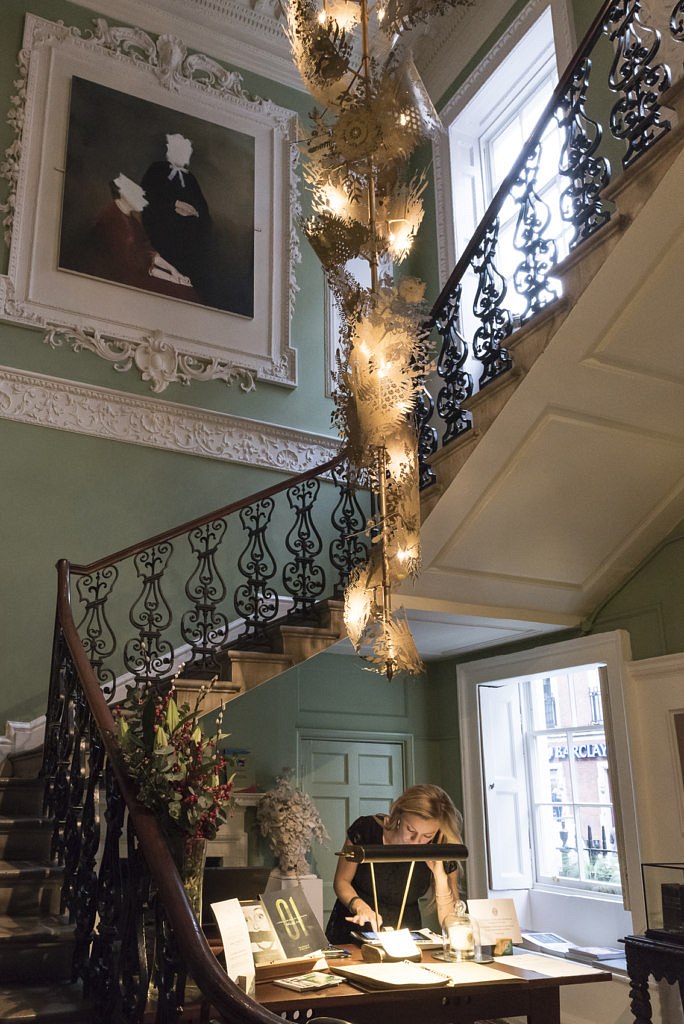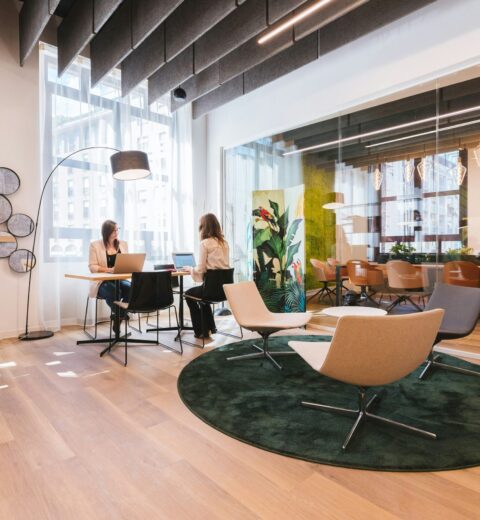Luxury and Social Responsibility: A New Concept of Members’ Club :: An Interview with Sandra Schembri, CEO @ The House of St Barnabas
Week 15 – London. Welcome back to another week at the Workplace Series. Today, we are happy to introduce a space with a different twist on its concept: The House of St Barnabas, a luxurious members’ club with social responsibility. Their purpose goes beyond providing members with a place to work and network since they are also socially responsible for the local community and for helping unemployed people get back to work.
We are delighted to present eOffice Founder, Pier Paolo Mucelli, interviewing The House of St Barnabas’ CEO (Chief Encouragement Officer; St Barnabas was the Patron Saint of encouragement), Sandra Schembri, to learn more about their history, concept, and work.
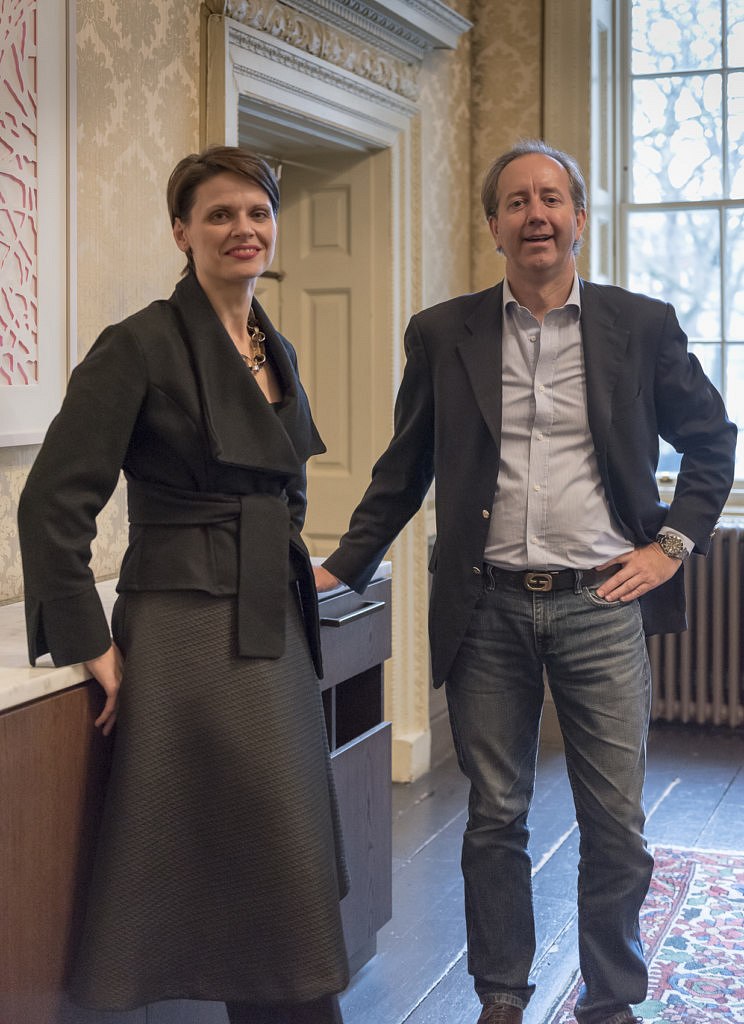
Could you tell us more about the history of The House of St. Barnabas?
“The building was built in the sixteen hundreds. Around 1740, the house was taken up by the Beckford family and was made into the beautiful grand house it is today, with its striking features and rococo decorations created by world class artists.
In 1811, the house was sold to the London Metropolitan Water Board and became the Westminster Commissioners of Sewers Office. In fact, Joseph Bazalgette, who invented the sewer system, had his office in the red room next door. He had a fake wall built where he kept his plans hidden because he was so paranoid someone would steal them.
In 1846, thanks to Dr. Henry Monro and Roundel Palmer, the charity was born. The two gentlemen acknowledged a strong need to help society and wanted to make a difference by creating a home where they could support people, encourage families to stay together and help them get back on their feet.
Run by a group of sisters, the charity moved into the House. During this period, there was a new addition: the Chapel. The nuns wanted a place for people’s souls as well and had the chapel built on the site of the old stables.
Then, after the two world wars, the house became a women-only institution to assist women who had been displaced. The house stayed a women’s refuge until around 2000 when they experienced a fire. The charity was asked by the local council to rethink their model and upgrade to reach their requirements. After closing for a brief period, in 2006 the charity began its journey into the social enterprise and started to hire out their beautiful rooms for events.
The next step was to link their income to the charity. In 2009 the charity and one of their commercial partners came up with the wonderful idea of making the house a pop-up event space and share the revenue 50/50 with the charity. It worked really well, and we started to grow organically, expanding our services to include a restaurant and a club. At the same time, the charity was growing with their life-skills program, where they taught people how to cope with everyday life.”
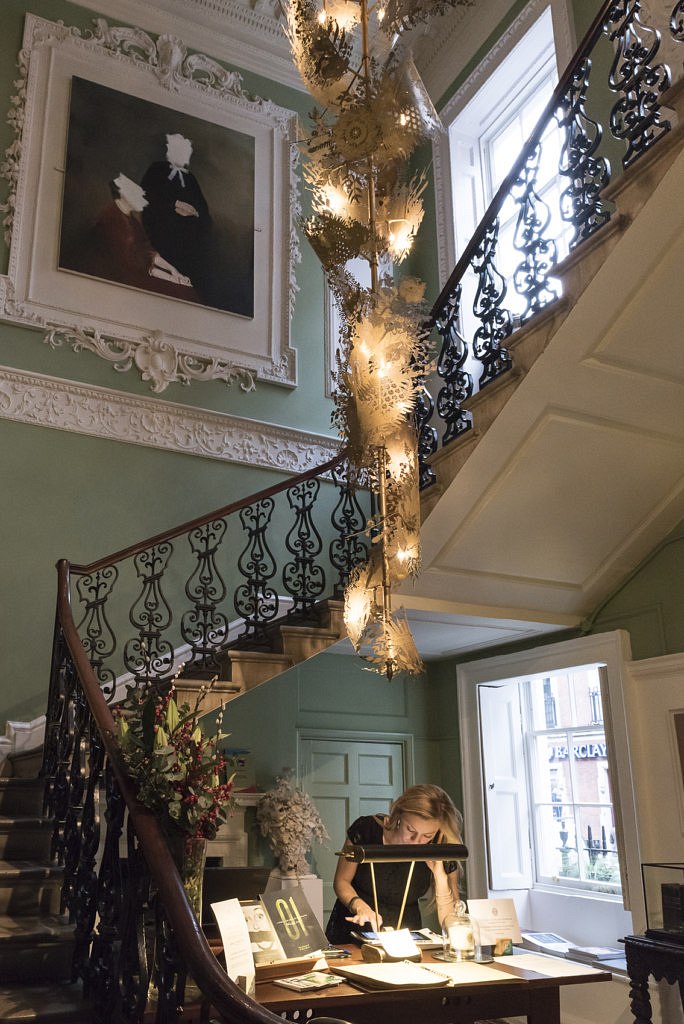
Were you involved in this project since the beginning?
“I was brought in by Quintessentially Events when they were working on their foundation. Then in 2010, I stepped up to be the CEO of the charity and the non-profit club. At first, Quintessentially was running the members’ club downstairs and the charity was doing its life-skills program on the top two floors. We decided to combine both projects and go through a massive transition. In 2012, The House of St Barnabas became a purpose-driven business run by the charity and for the charity, keeping the participants we support at the very front and centre of our business model. In October 2013, we reopened our doors and became the non-profit club with an integrated Employment Academy we are today.”
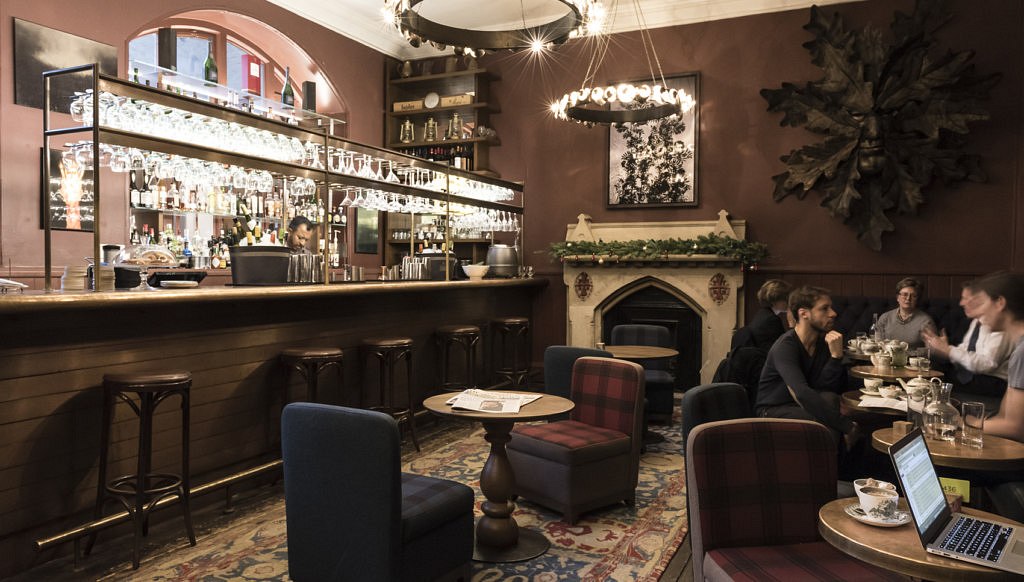
Could you tell us more about your members?
“We call our members ‘the architects of social change’. This means that among them there is not only people working in the third sector or in social businesses. We also have lawyers, bankers, and people from creative industries, because we require different disciplines and other modes of thinking on order to genuinely disrupt things and create change.
Today, we have a brilliantly balanced gender base of 50/50 among our members ranging from 22 to 80 years old. When we first opened in 2013, we only asked our members to come, eat, drink, be merry and pay their membership fees. We now have a better knowledge of who they are and can explore how else members can get involved in the work of the charity and with other social issues.
In most members’ clubs, there is usually a tribe that you recognise, but here we have very numerous and disparate tribes. Therefore, our goal and mission is to create a new tribe. We like to call our members ‘continually curious’ and say that they are ‘interesting and interested’. This is because people who are interested in and curious about the world are interesting people to be around. So, if you get stuck at the bar at 1 am, you may still have a good conversation. That’s the kind of thing we are looking for.”
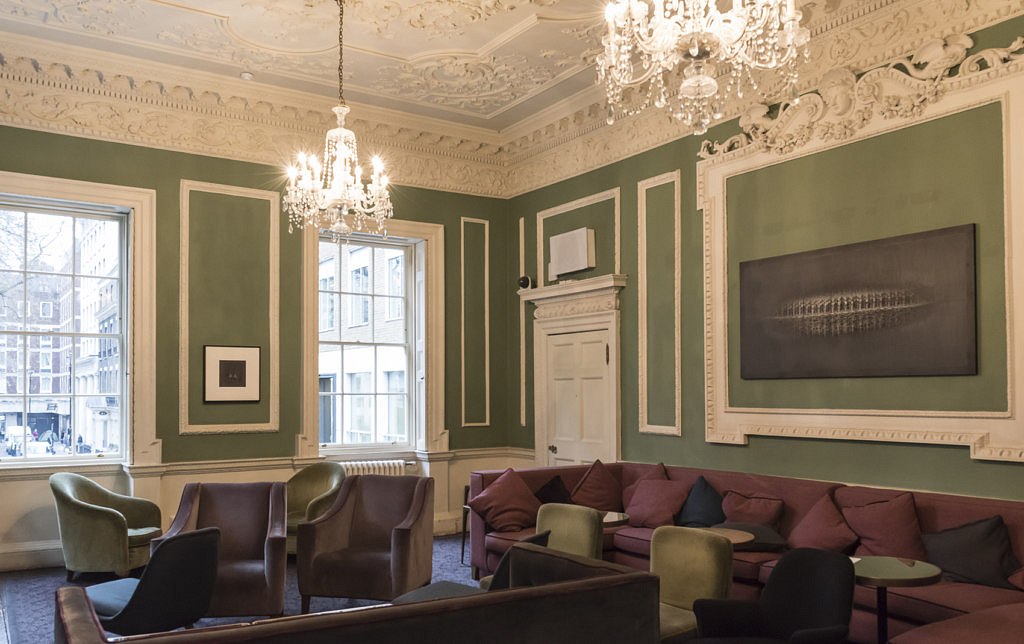
Could you describe the various components and physical aspects of the club?
“We have eight main areas which include our restaurant, a proper dining space, lounge spaces, a bar, and our working spaces. Then we have a private garden and a beautiful space within a 16th century designed gothic chapel at the back. Although the chapel isn’t actually part of the club, but a private chapel where people are welcome to enter and spend time in there. People are very respectful of that space and it is a wonderful addition to the rest of the house.”
Could you elaborate more on the charity’s training programme?
“The Employment Academy was created to support people who experience homelessness introducing them into the world of work and beyond. We call it a 12-week programme but it’s actually 15 months long. However, we don’t say that because our participants, who are in a more vulnerable state, might see it as a too big commitment for them. The programme starts with the 12-week plan at the House followed by a 12-month support plan into their new job. We do this because it’s not only about finding a job, but it’s being able to keep that job and making progress in your career.
The first two weeks of the programme begin with classroom training and bonding activities. The following eight weeks focus on obtaining work experience in the club or with our partner Benugo who have amazing places such as museums allowing them to do work experience at a faster and more constant pace. During the last two weeks, we have exams, presentations, CV training, development, and graduation. And, finally, they are supported by our Employment Support Officers who assist in their transition into work.”
What percentage of your employees are hired from the Employment Academy?
“About 20% of our staff. We have learned from partners in the sector and our own experience that the programme is more successful if we maintain a higher percentage of professionals among our team rather than participants from the academy.”
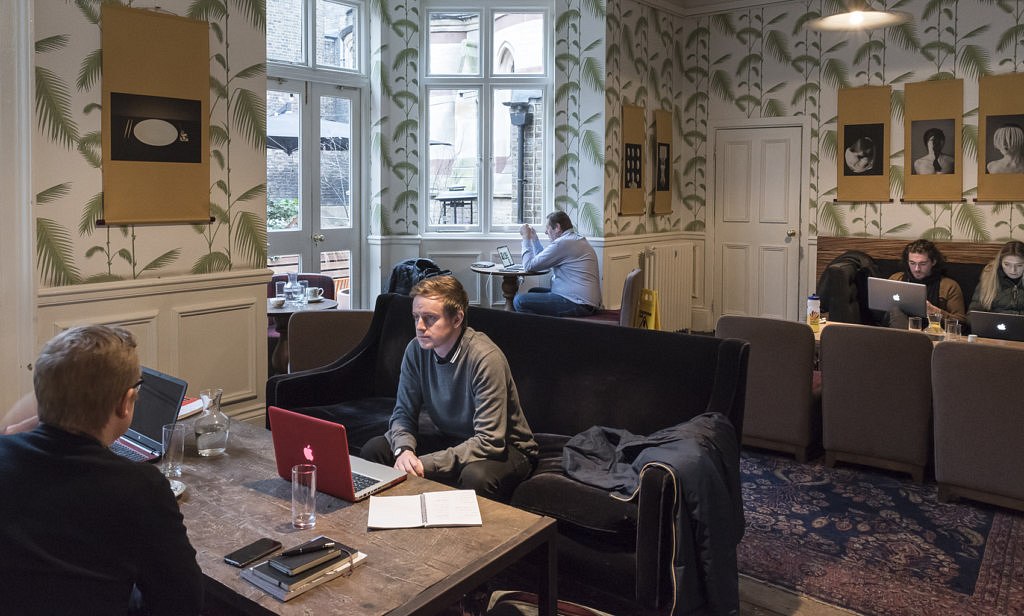
What are your plans for the next 5 to 10 years?
“We have a five-year plan and a ten-year goal! It’s because of the building that we have to think that far ahead. In fact, for the first time, we are allowing ourselves to spend money on the building, whereas before we had no funds being generated for its preservation.
Regarding the program, 30 people of the graduates move into work each year. What we want to do is to make those 30 become 100. We would like to have between 100-200 participants attending the programme and get at least 100 people moving into work. So, this is our 5-year goal. The minute we put the building on top of that plan, that becomes our ten-year plan. Our plan is to alternate year by year focusing between growing the club and the charity and the building and extension of the house. There are plenty of spaces within the house which are currently not in use but we plan to include in the club. For example, we would like to start using the basement and start moving into the garden to give our members more space.
When we first opened, we had a vision. Now we know much better how people like to use the space, so we are going to create designated lounge areas, as well as a workspace and places where people can have quick private meetings.”
How many members do you have?
“We have just over 2500. We are bringing people in slowly, but they are more night-time users. I believe that we have a capacity for another 300. So, there is definitely an opportunity to bring in younger members who are interested in using the space at night.”
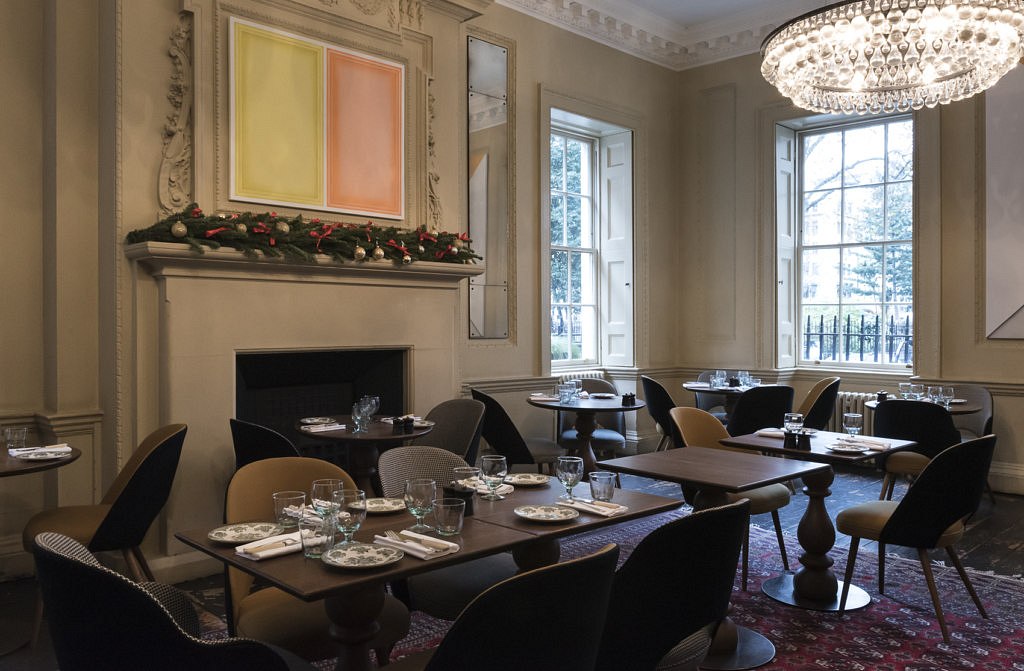
We look around in the beautifully decorated room where we are sitting, and Pier finishes the interview by discussing the artwork.
Do you change your artwork relatively often?
“Yes, we change the artwork to get a sense of movement inside the house. It is great to have artists coming and helping create this special environment. However, the period each painting remains in the house varies, depending on its size, how old the wall where it’s placed is, and how difficult it can be to reach. We change some pieces more often because they are easy to move around and we don’t risk damaging the walls, but there are some paintings which can change only once a year.”
Thank you for you great hospitality Sandra Schembri and House of St Barnabas!
